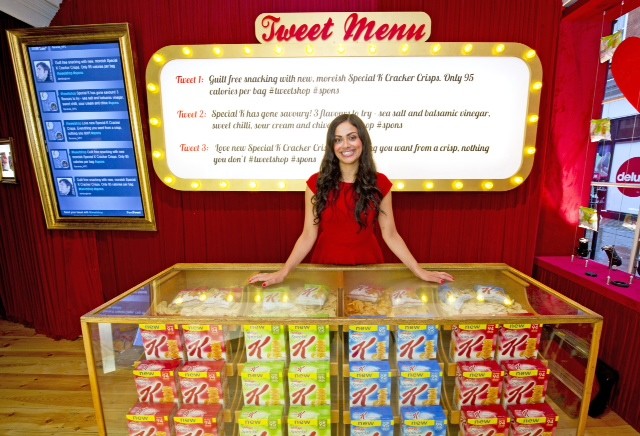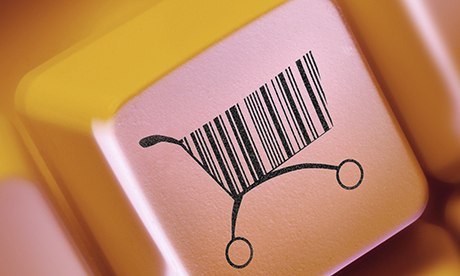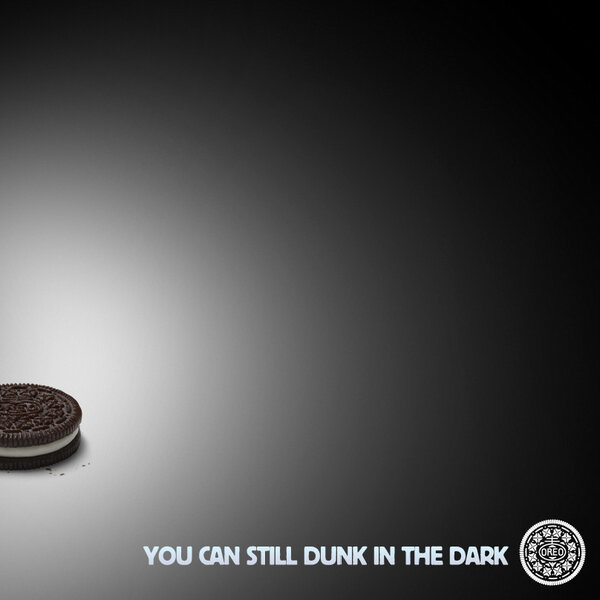Research conducted by Valacich, Parboteeah and Wells (2007) concludes that a basic level of each of the three needs must be met in order, which is considered a “zone of intolerance”. Beyond the zone of intolerance the level at which the three needs must deliver depends on the type of website. Different websites have different purposes and the relative importance of structural firmness, functional convenience and representational delight will depend on the type of website: Utilitarean, Hedonic or a hybrid of the two. Lopez and Ruiz (2011) explain that utilitarian websites are those that are used to complete a particular task or provide a solution to a problem, for example online banking, therefore more emphasis will be placed on the need for structural firmness allowing the task to be completed as quickly and effectively as possible. Hedonic websites are those which are experiential and often used for the purposes of entertainment, for example games or films websites. With this type of website it is more important to have a higher level of representational delight, with more entertaining and visually pleasing aspects.
As a retail website, ASOS is a hybrid website, requiring equal levels of structural firmness, functional convenience and representational delight beyond the zone of intolerance. Some users will be looking to purchase a specific product as quickly and easily as possible, structure and functional convenience. Others however, may have simply have visited the website to browse clothing and read the daily news section and will therefore have a higher requirement for representational delight.
Structural Firmness was found to be the most fundamental need of a website, meaning the site must be structurally sound, provide adequate security and function effectively and error free. Upon first use of the ASOS website (www.asos.com) it effectively met all of these needs. The site is very easy to use and during roughly an hour’s browsing time on both desktop and mobile browser, no errors were encountered. The site also clearly displays a security image at the bottom of the page in order to assure users of the sites authenticity and safety. These factors ensured that nothing arose to cause detriment to my browsing experience.
As a retail website, ASOS is a hybrid website, requiring equal levels of structural firmness, functional convenience and representational delight beyond the zone of intolerance. Some users will be looking to purchase a specific product as quickly and easily as possible, structure and functional convenience. Others however, may have simply have visited the website to browse clothing and read the daily news section and will therefore have a higher requirement for representational delight.
Structural Firmness was found to be the most fundamental need of a website, meaning the site must be structurally sound, provide adequate security and function effectively and error free. Upon first use of the ASOS website (www.asos.com) it effectively met all of these needs. The site is very easy to use and during roughly an hour’s browsing time on both desktop and mobile browser, no errors were encountered. The site also clearly displays a security image at the bottom of the page in order to assure users of the sites authenticity and safety. These factors ensured that nothing arose to cause detriment to my browsing experience.
Functional Convenience was found to be the next level of need, requiring the website to have ease of access, navigation and basic use. Other features which improve ease of use, such as the option to remember passwords, one click ordering and the provision of a help feature make up functional convenience. The retail experience on ASOS is made very easy by the websites design and layout. Navigation is clear and the products are effectively categorised and when viewing a particular item. A good feature is that when viewing a particular item, similar items are suggested, as well as other items to ‘complete the look’, for example when looking at a t-shirt a hoody and pair of jeans will be suggested. Items can be ‘saved for later’ before being placed into the basket, which allows items to be saved and then compared and prioritised later on before the final purchase decision is made.
The final need, Representational Delight refers to a websites design and layout, with interface consistency, use of graphics and aesthetically appealing design. The layout of the ASOS website is based on a plain background, with tiles advertising products and a daily features section down the right hand side of the page, as shown in the screenshot below.
The layout is effective and the tiles are visually pleasing, however the background to the site and navigation panel along the top feel too bare. The additional content along the right hand side is a good feature and offers consumers more incentive to visit the site in order to read these articles.
Conclusions
The ASOS website has been well thought out and upon first use was generally very easy to use and navigate. Good features are integrated into the shopping experience such as suggested items and the ‘complete the look’ option. Having a daily news section is a clever way of adding something to the consumer experience aside from just shopping, which should draw more people to the website, who are then likely to peruse the latest fashion items once they have finished browsing the daily section. The website effectively meets all three of the online consumer hierarchy of needs and as a hybrid website there is a relatively good balance between these three aspects, however further Representational Delight could be achieved if the background of the website was less plain and more aesthetically appealing, improving the site for those using the website for hedonic purposes. Despite this however, my overall experience of the ASOS website is that it is effective and ensures that the consumer experience is pleasant and unrestricted by website issues.
It must be taken into account that the OCHN framework used to analyse this website is now a little outdated, being almost ten years old. With the speed that technology moves, a more accurate analysis of a website could be undertaken with an updated version of the framework.
It must be taken into account that the OCHN framework used to analyse this website is now a little outdated, being almost ten years old. With the speed that technology moves, a more accurate analysis of a website could be undertaken with an updated version of the framework.
ASOS (2014) ‘ASOS Homepage’. ASOS (Online) Available at <http://www.asos.com/?hrd=1> [Accessed 14th February, 2014]
Grech, D. (2011) ‘The Hierarchy of internet needs’. The Malta Independent (Online) Available at <http://www.independent.com.mt/articles/2011-04-28/news/the-hierarchy-of-internet-needs-291391/> [Accessed 14th February, 2014]
Lopez, I. & Ruiz, S. (2011) ‘Explaining website effectiveness : The hedonic-utilitarian dual mediation hypothesis’. Electronic Commerce Research and Applications, Vol. 10, p49-58
Valacich, J.S., Parboteeah, D.V. & Wells, J.D. (2007) ‘The Online Consumer’s Hierarchy of Needs’. Communications of the ACM, Vol. 50, Issue 9, p84-90
















